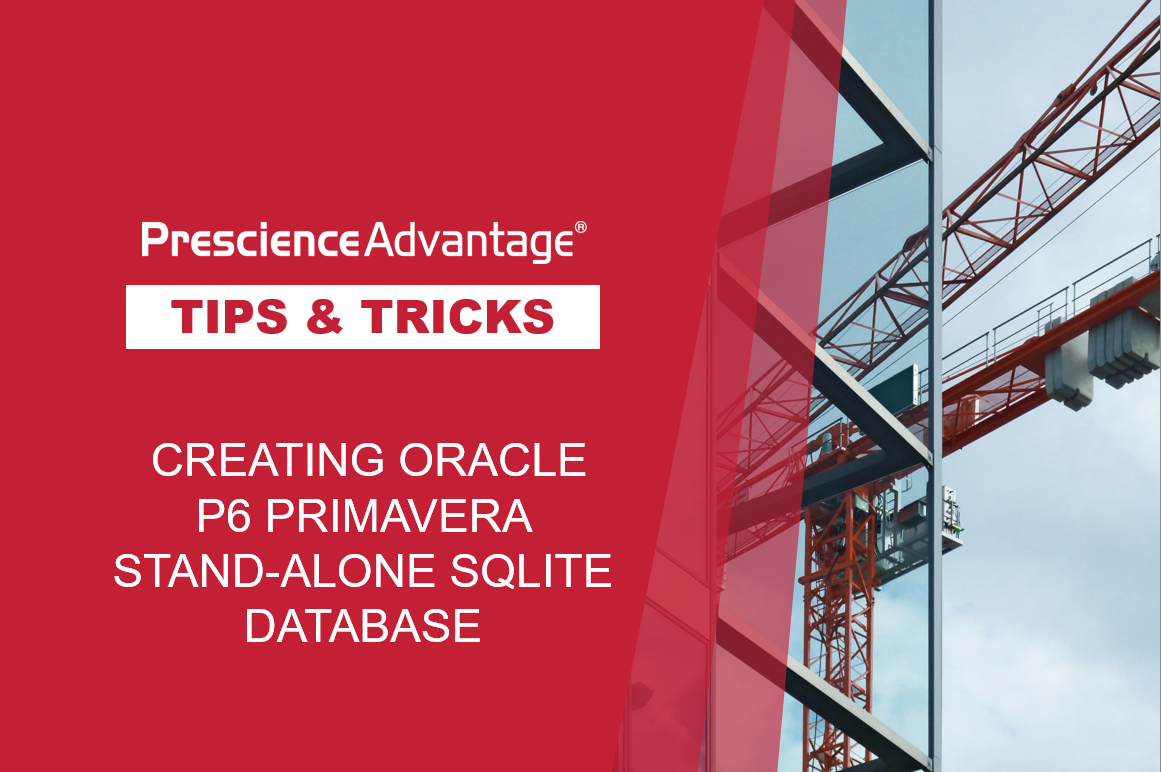The grouping, sorting and filtering areas of Primavera P6 can be challenging, but with these handy Primavera P6 tips, you will be creating some great views and producing some top reports in no time.
Grouping and Sorting
By default some of the criteria for the “Group By” column have a hierarchy that can be reported on, for example items such as Activity Codes and WBS. Adding a second or multiple “Group By” criteria in Group and Sort allows you to group the layout by more than one field.
When those criteria are added to the “Group By” column, the “To Level” column may also need to be adjusted. The “To Level” column tells the Project Manager how far down the hierarchy to show groupings. If multiple levels are not used, set the “To Level” to “1” to free up additional “Group By” columns, therefore allowing the entry of more criteria.

Grouping and sorting in Primavera P6
Get used to also clicking the “Sort” tab. This arranges how activities are ordered in a layout by specifying sorting criteria. Sort activities chronologically, alphabetically, numerically, or hierarchically depending on the data items you select. When you use both grouping and sorting to organise your layout, the data are grouped first and then sorted.
When you add a hierarchical item to the Group By list, it will display all of the available levels for that item as specified in the Admin Preferences. If you are only using four of those levels, set the “To Level” to “4”. You will then have space for another hierarchical item to be grouped beneath the first item.
If you do not wish to show hierarchy, uncheck “Indent” to allow you to group by additional hierarchical items.
Mixing “AND” and “OR” Options in Primavera P6 Filters
A filter set up in Primavera P6 temporarily limits the projects or activities that appear on screen, according to criteria you establish. Creating a filter where all the conditions are either ‘And’ or ‘Or’ for each row is pretty straightforward. However, if you want to mix them up a little it’s not as obvious in P6 Professional. This quick tip will show you how.
Example: I want to find all milestones in a project that have a date variance that is not equal to zero. In other words, I want to see any milestone that is now sitting on a date other than its baseline date.
Because there are two types of milestone in P6 Professional – Start and Finish – it’s often necessary to use the ‘Or’ parameter to include them all. But if you want to include some ‘And’ conditions too, you need to do some extra thinking.
Here’s how the filter for the above scenario should look.

Mixing “and” and “or” filters in Primavera P6
The first two conditions above must both be met (the activity is not completed AND variance is not zero), and either of the second conditions can be met; in this case a start or a finish type milestone will meet the criteria.
To indent the ‘Or’ condition rows under the ‘And’ condition rows, we insert a new row below the last ‘And’ condition and assign the Any of the Following option to it. All subsequent rows will have an ‘Or’ option in the first column until we insert another All of the Following option.
Once you get used to this method, you can build very powerful filters. You do need to think these through before attempting to build them. Generally try to start by building all the ‘And’ conditions first, and then put ‘Or’ options below to avoid confusion and unnecessary complexity.
JOIN PRESCIENCEADVANTAGE® PRIMAVERA SUPPORT
A PrescienceAdvantage® Primavera Support agreement is flexible, scalable and value driven. It offers functional and technical Oracle Primavera assistance, delivered remotely or on-site. Find out more about setting up a Support Agreement for your site, or call us on 1300 086 816.

